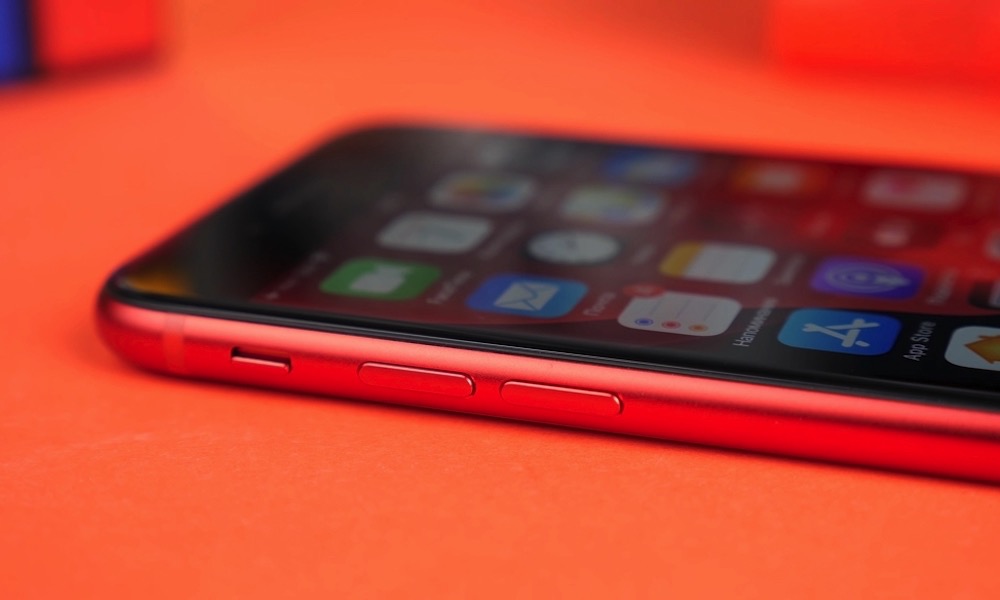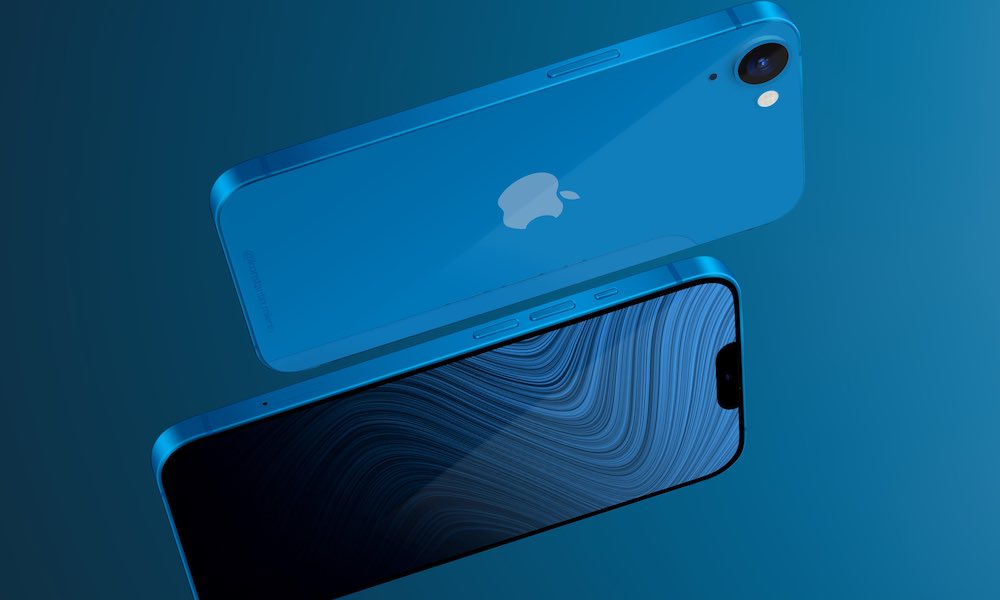Is Apple Still Working on an iPhone SE?
 Credit: Gabo_Arts / Shutterstock
Credit: Gabo_Arts / Shutterstock
Toggle Dark Mode
Some analysts have been playing an on-again/off-again game with the iPhone SE over the past few months, and now it appears that at least one may have misinterpreted some of the information coming from Apple’s supply chain.
Apple has released three models of the iPhone SE since 2016, but a December tweet from analyst Ming-Chi Kuo cast doubt on whether we’d see a fourth model anytime soon. Kuo pointed to the poor sales of the 2022 iPhone SE and other lower-end models, such as the iPhone 13 mini and iPhone 14 Plus, as reasons Apple may have been rethinking the next-generation “iPhone SE 4.”
Before that, Apple had been expected to ship the next model in 2024, which would have been roughly on target for the typical release cycle for the wallet-friendly model. The first-generation iPhone SE arrived in 2016, while the second-generation model followed four years later in 2020. Although Apple released a third-generation model in 2022, that seems like an exception to the regular release cycle, intended almost solely to add 5G support, as it otherwise remained practically unchanged from its predecessor.
Apple also seemed to follow a specific playbook for its iPhone SE models, melding classic designs with newer chips. The 2016 iPhone SE was patterned after the iPhone 5s that was released 2.5 years before it in late 2013, and the early 2020 iPhone SE followed suit by adopting the design of the 2017 iPhone 8. By that logic, the 2022 iPhone SE should have adopted the design of the 2019 iPhone 11, but it was essentially a rehash of the 2020 model instead.
Is the iPhone SE 4 Real?
Nevertheless, many had high hopes for the fourth-generation iPhone SE, expecting it to at least get an edge-to-edge screen with a side-button Touch ID sensor, similar to what Apple has done with many of its iPad models. Some even believed Apple could go all-in on Face ID, although that’s always seemed more far-fetched due to the cost of the TrueDepth camera system and related sensors.
However, Kuo’s mused that the higher-end design could increase Apple’s costs, which wouldn’t be wise as the economy began taking a downturn into 2023. So, perhaps Kuo was as surprised as anybody when he shared in February that the iPhone SE 4 seemed back on track for a 2024 release — and that it would adopt the design of the 6.1-inch iPhone 14, including an OLED display.
That report was mostly tied to the idea that Apple would use the iPhone SE as the model to introduce its first in-house 5G modem chip — a notion corroborated more recently by analyst Jeff Pu.
Kuo and Pu appear to have different views on the timing of the release, though, with Pu suggesting the iPhone SE with Apple’s own 5G chip won’t arrive before 2025, in contrast with the 2024 timeframe that Kuo predicted in February.
While Apple’s recent cost-cutting measures may have delayed its production plans, there’s a more straightforward explanation: Kuo now admits he was mistaken about the iPhone SE 4.
As his latest tweet suggests, Kuo saw information about an engineering prototype and assumed it was the next iPhone SE. However, it turns out it’s just an iPhone Apple has put together to “validate its in-house 5G baseband chip technology,” and there are no plans to mass-produce or sell that device.
What This Means for the iPhone SE
Kuo’s misreading of Apple’s shorter-term plans doesn’t rule out the possibility that an iPhone SE may still be in the works. We’re just not likely going to see one next year.
Pu’s 2025 prediction remains on the table, and Kuo confirms that if the engineering prototypes go according to plan, the in-house 5G chip could show up in the first iPhones by 2025.
There are still good reasons to believe the iPhone SE will be the proving ground for this new 5G chip. For one thing, Apple is a cautious company, and it’s much safer to deploy its first chip in a budget iPhone whose customers aren’t typically looking for bleeding-edge 5G performance. This could allow Apple to work out any kinks before going mainstream with a second-generation 5G modem chip.
What’s even more significant is that Apple’s first-generation 5G modem reportedly lacks support for the faster mmWave frequencies that have been standard on every 5G iPhone sold in the U.S. since 2020 — except for the iPhone SE. Removing mmWave support in favor of its own 5G chip would be a huge step backward for Apple’s flagship iPhones, but it’s a much easier first for the iPhone SE; the current model doesn’t support mmWave 5G, and it’s not something people expect from budget smartphones.
Even if Apple is ambivalent about releasing another iPhone SE, getting its first 5G modem chip onto the market may be enough reason for it to create one. What the next iPhone SE may look like is still anybody’s guess, especially since if it’s fated to exist solely as a container for Apple’s 5G chip designs, it’s not going to arrive until that chip is ready, which could be pushed back to 2026 or later if test results on the current engineering prototype don’t go according to plan.
[The information provided in this article has NOT been confirmed by Apple and may be speculation. Provided details may not be factual. Take all rumors, tech or otherwise, with a grain of salt.]









